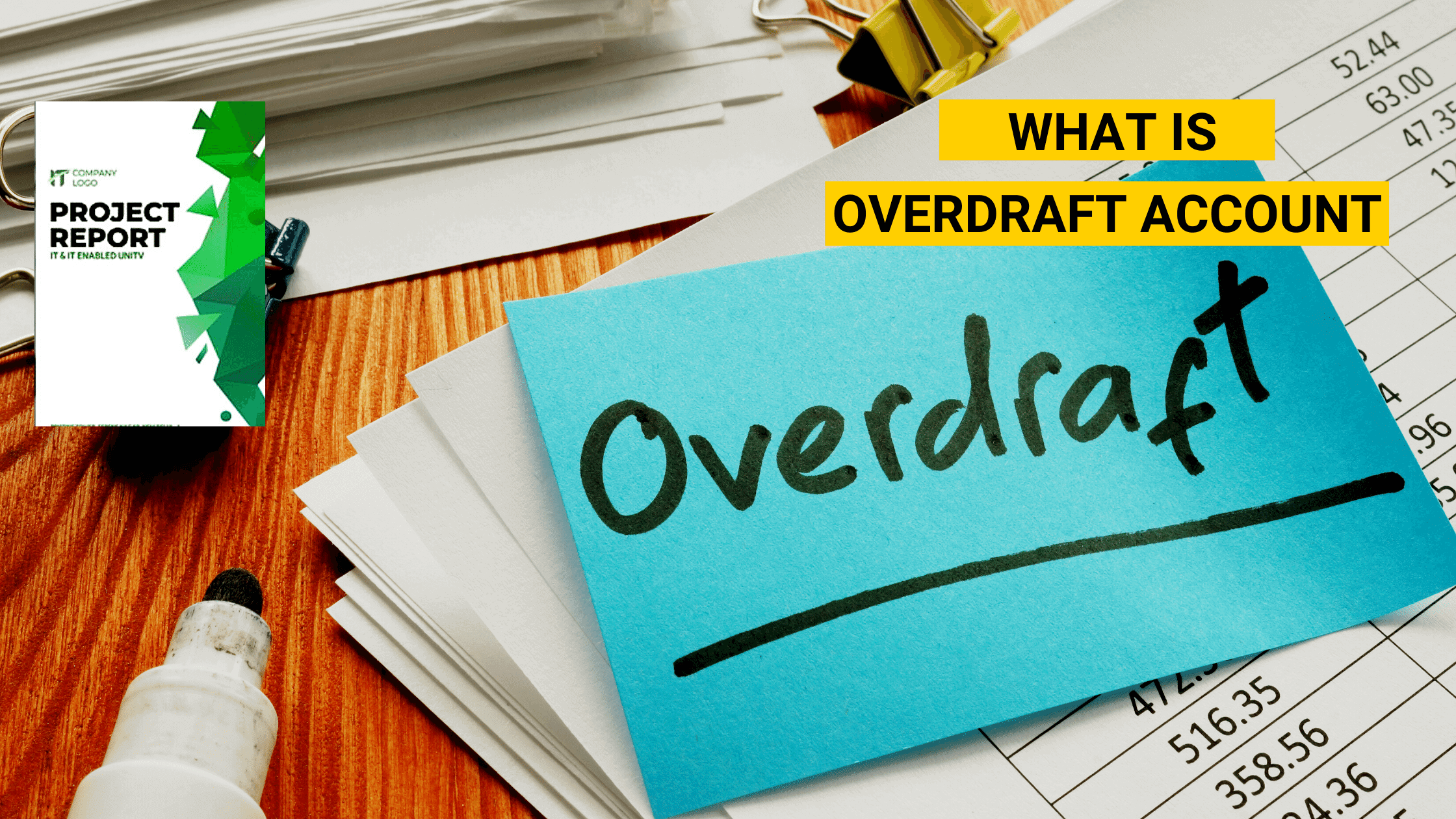You incur debt when you use your overdraft (also known as “going into your overdraft”). People should only use overdraft accounts for short-term borrowing or emergencies. It’s critical to manage an overdraft account like any other debt and keep the costs in check. This guide explains how overdrafts work, how to avoid going over your limit, and how to avoid bank fees.
How does an overdraft work?
An overdraft allows you to borrow money from your current account by withdrawing more money than you have in the account—in other words, you go “overdrawn.” This is usually charged for.
You can request an overdraft from your bank, or they may give you one, but remember that an overdraft is a type of loan. If you need to borrow money, there may be less expensive ways. Therefore, it’s critical to always look for the cheapest way to borrow.
Overdraft Varieties
Authorized overdrafts: These are pre-arranged overdrafts. You and your bank agree on a limit and can spend up to that limit.
Unauthorized overdrafts: These are also known as “unplanned” or “unarranged” overdrafts and occur when you spend more than you have in your bank account without first agreeing to it. It includes exceeding the limit of an authorized overdraft.
Do you require an overdraft?
Do you frequently use your overdraft? If you find yourself frequently using your overdraft, you should use our Finline Budget Planner to gain control of your finances.
Overdrafts can be beneficial to some people. They can assist you in avoiding fees for late or returned payments. These occur when you attempt to make a payment, but your account needs more funds.
In an emergency or as a short-term solution, one should use overdrafts.
According to the Financial Conduct Authority (FCA), many underestimate how much they use their overdrafts. If you use your overdraft more than you think, you may be paying more than you realize.
Overdraft Management Suggestions
- Keep track of your account balance.
One of the best ways to avoid overdraft fees is to keep track of your account balance.
- Make things as simple as possible by:
If you have a smartphone, download your bank’s app and set up text alerts for when your balance is low using phone banking.
- Continue to read the letters from your bank.
It’s easy to fall into the habit of not opening bank letters and assuming they’re just routine correspondence. Instead, check all letters because the bank may be writing to inform you of a change in your overdraft limit or an increase in your overdraft interest rate.
- If you have any savings, use them.
If you have savings and an overdraft, it will be cheaper, in the long run, to pay it off with your savings. However, if an unexpected expense arises, you can still use your overdraft to cover it. And if you don’t, you can start saving again to be prepared for an unexpected expense.
- Discover ways to live on a budget.
Reducing spending will help you free up money to reduce your overdraft as quickly as possible. Then, you can use the money you save to pay off your overdraft.
About Finline!
Finline is an online platform for creating financial reports for getting bank loans and investments. It’s like ‘Canva’ but for financials. If you are an entrepreneur looking for a bank loan, you need to have a well-crafted project report. We, at Finline help you with that. Our team will help you create a powerful business plan in ten minutes. That too in your language. All public and private sector banks working in India accept our reports. Click to create your report.
